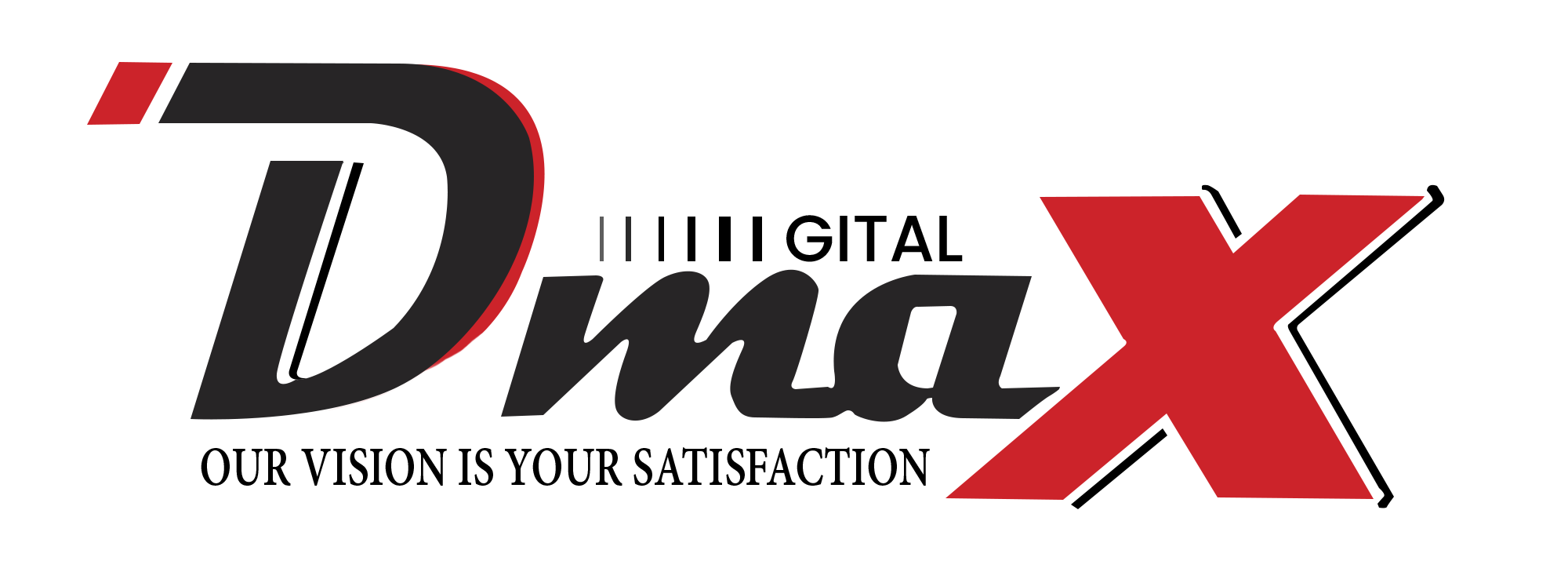If it isn’t sensible to maintain track of the cost of each item in your stock, measuring cost of gross sales is more difficult. This inventory amount tells you the total greenback value of goods available at that time. Then you probably can calculate the value of gross sales by the process of deduction, because you know the inventory firstly of the month and the purchases through the month. The sum of those amounts is the total price of the goods you had out there on the market. You function on the idea that, if these goods were not in inventory at the end of the month, they had been bought. You, due to this fact, find cost of sales by subtracting the ending stock from the goods obtainable on the market.
This pairing allows companies to precisely record the cost of sale. calculate their gross revenue, which is sales revenue minus Price of Sales. You report COGS in your company’s income statement, which impacts gross profit and internet revenue. Whereas COGS reduces your gross revenue, it also helps you calculate your business’s profitability by subtracting it from sales revenue. Because it has broad implications on your financials, precisely calculating COGS requires meticulous expense monitoring. The CRA requires companies that produce, buy, or sell merchandise for revenue to calculate the price of their stock.
It will embrace a debit to COGS Expense and credits to the Purchases and Inventory accounts. Gross margin is the distinction between gross sales revenue and COGS, reflecting how efficiently your small business produces and sells goods. A company’s monetary health and profitability hinge on its capacity to handle COGS. Low COGS can imply higher gross profit, leaving extra money for operating expenses and potential financial savings. To work out the worth of items offered, start along with your beginning stock.
Yes, the worth of goods offered and price of gross sales refer to the same calculation. Both determine how a lot an organization spent to produce their sold items or providers. Underneath the accrual foundation of accounting, it’s recorded in the same period because the income from the sale, matching the expense to the income it generated. Navigating difficult COGS scenarios can typically really feel like untangling a fancy web.
- This system maintains a operating balance of inventory and automatically calculates Cost of Sales in the intervening time every sale occurs.
- Accounts debited and credited differ between perpetual and periodic methods.
- This is as a result of land isn’t depreciated, on the idea that land is not consumed (as is the case with other fastened assets).
These prices include materials and labor directly used to create the product. Whereas COGS seems on the Revenue Assertion, the stock from which it is derived is introduced on the Steadiness Sheet. The value of ending stock on the Stability Sheet is instantly influenced by the stock costing method, which impacts the COGS determine on the Revenue Statement. Analyzing COGS with different monetary metrics, corresponding to gross profit margin (Gross Revenue divided by Sales Revenue), presents insights into pricing strategies and price control. The Last-In, First-Out (LIFO) methodology assumes the last goods purchased are the primary ones offered. COGS beneath LIFO reflects the cost of the newest inventory acquisitions, and ending stock is valued at the price of the oldest gadgets.
This entry makes positive that your accounting balances out and reflects that you just now have much less inventory readily available because of sales. The Weighted-Average Technique calculates the common cost of all obtainable goods on the market throughout a interval. This average price is applied to each models offered (COGS) and models remaining in inventory. To determine the weighted-average cost, the whole price of starting stock and all purchases is divided by the whole number of units out there for sale. This methodology smooths out price fluctuations, providing a extra constant price per unit. The Perpetual Inventory System repeatedly updates stock records with each buy and sale.
This calculation gives you COGS, which is a key quantity for understanding how a lot it prices to promote your merchandise. From the above examples of price of goods bought common journal entry we will clearly perceive the strategy followed to report entries in the books related to COGS. It reveals https://www.kelleysbookkeeping.com/ how we can determine the required gadgets from financial assertion and use them to record for the COGS in order that it becomes easy to make use of it for analysis and analysis later on.
The value of products offered (COGS) refers to the worth of producing an merchandise or service sold by an organization. If inventory will increase, it suggests fewer gross sales, leading to a lower COGS. When inventory decreases, this indicates extra gross sales have occurred, resulting in a higher COGS. It’s the movement of stock, pushed by gross sales, that shapes the COGS worth. Now, XYZ Fashion Store has a transparent figure to report as COGS for the 12 months.
